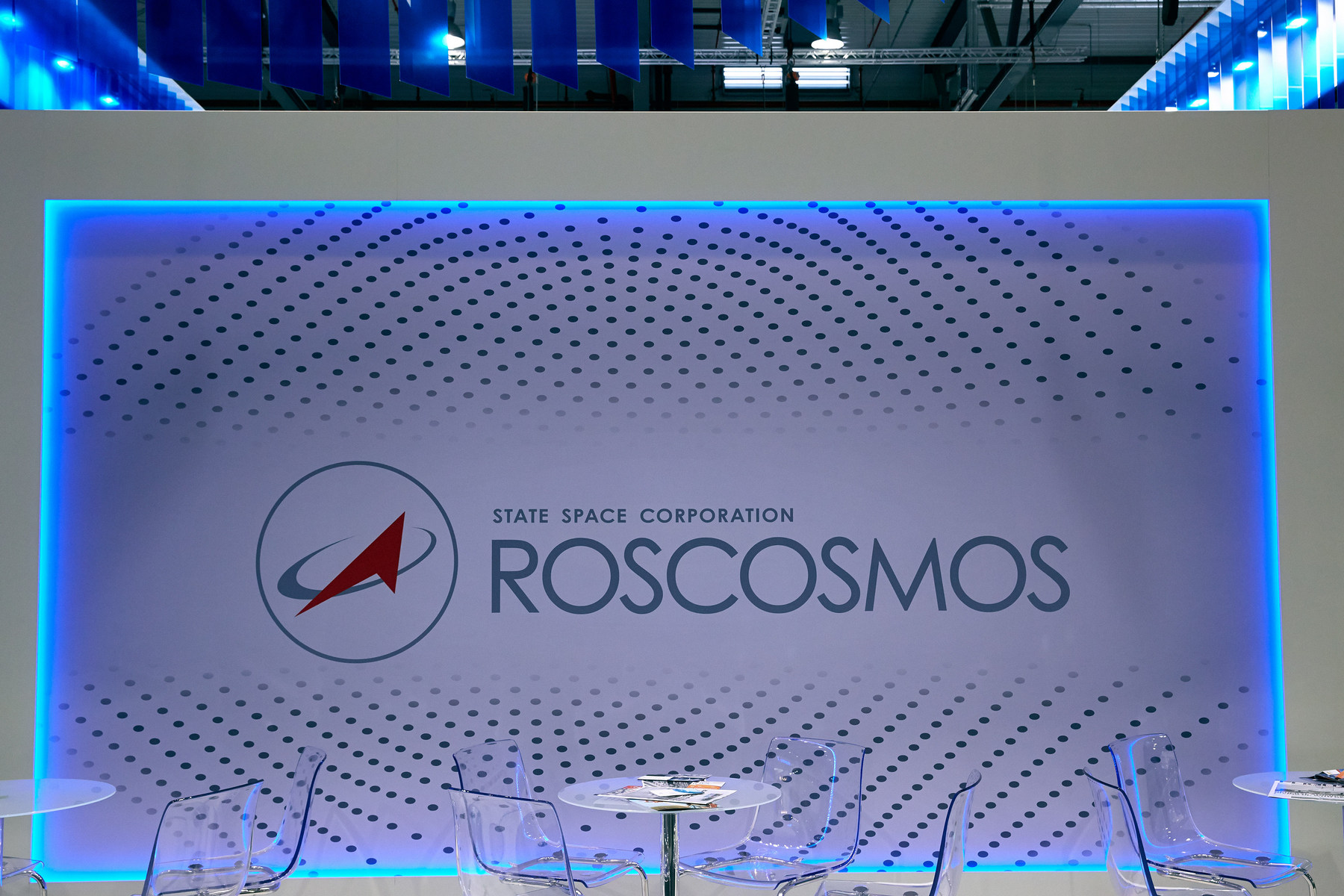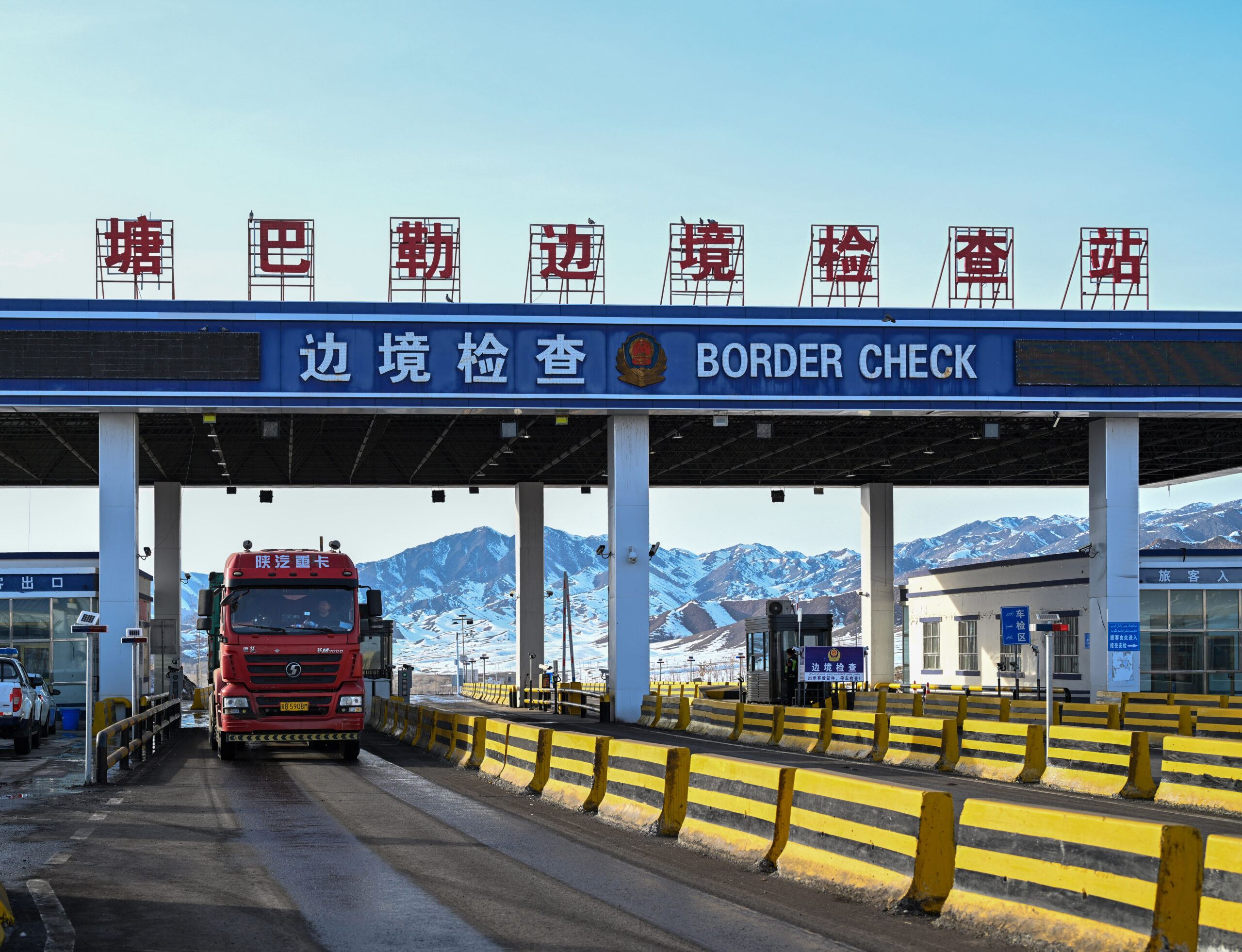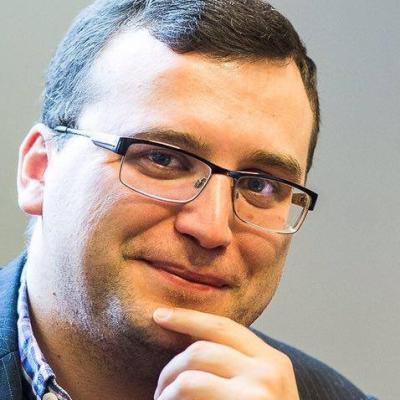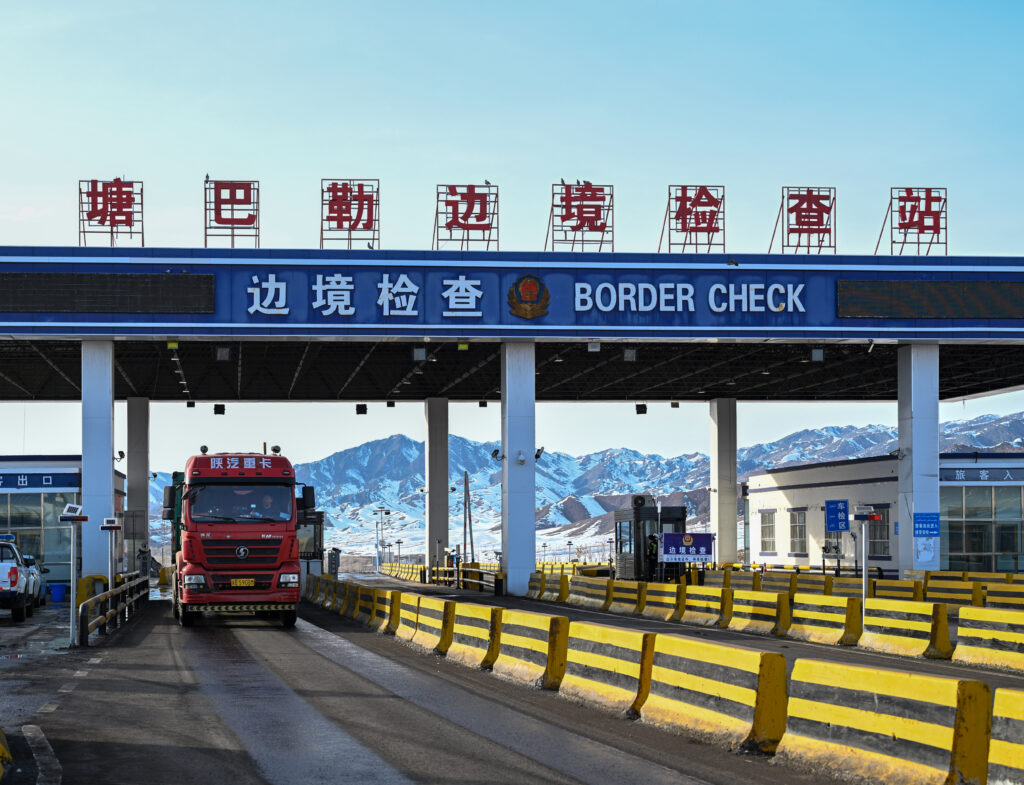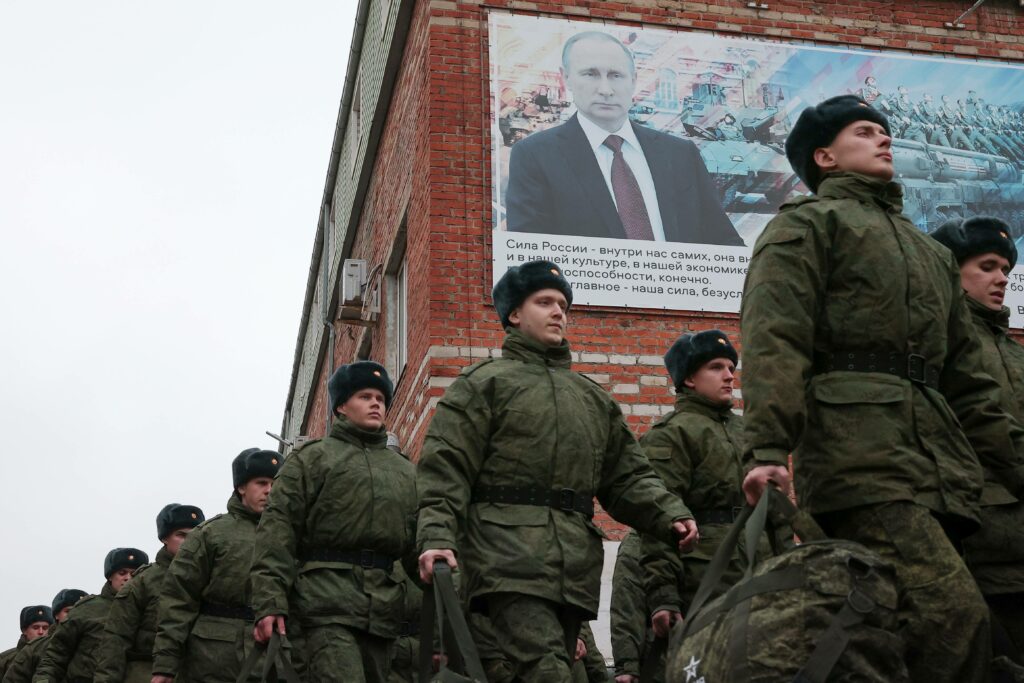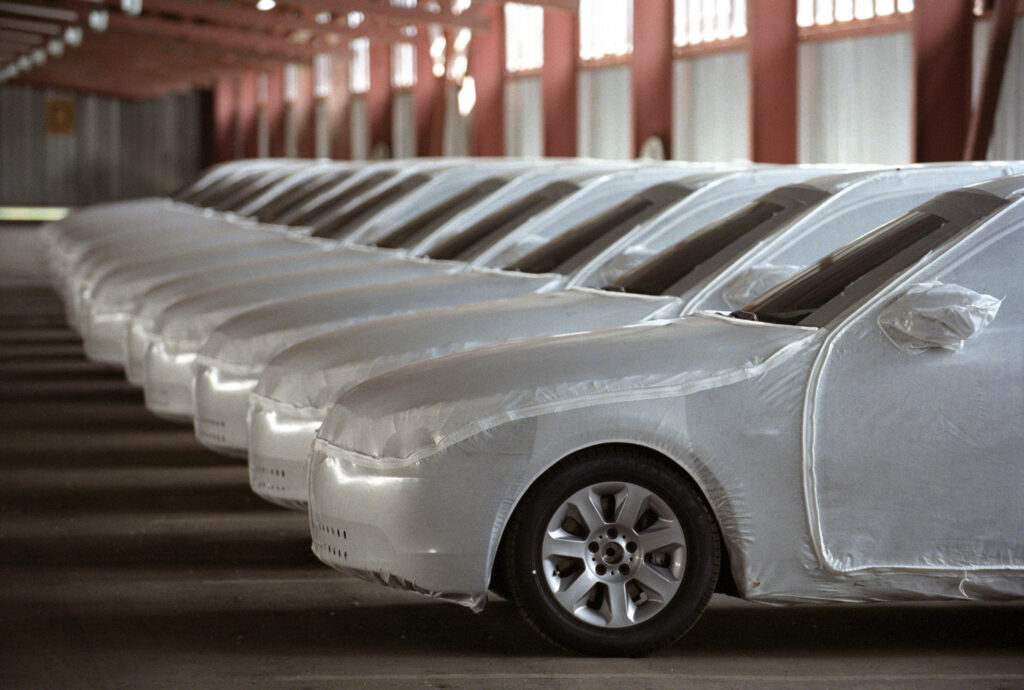The Roscosmos State Corporation represents the lion’s share of the Russian space industry: approximately 200 thousand people and about 70 plants and design bureaus that develop and produce missiles and spacecraft, ground-based space infrastructure as well as strategic missile weapons. The problems: a relatively low labour efficiency; long delays in most projects; and a cumbersome internal structure that even includes a bank of its own.
In its fifth year of existence, Roscosmos is trying to develop a model that would allow it to put in place civil and military space programmes with confidence — all under Russian political and economic realities. Roscosmos has begun to establish specialised holdings within its structures: focusing on missiles, satellites, science and ground infrastructure. In turn, RKK Energia, one of the key Roscosmos companies, responsible for developing the new manned Orel ship and various other projects, has undergone a change of management: the company’s CEO has been replaced, as was Orel’s chief designer. Another issue of significance is also the scandal with the subsidiary, United Rocket and Space Corporation, which has turned into a classic “feed” for its management.
This is coupled with reduced revenues from export. Sales of engines, launch services and seats in piloted ships are down. And ongoing deals have been beset by technical and production problems in most areas of activity. All this is further aggravated by endless espionage mania and Dmitry Rogozin’s bravado. These setbacks have already had a negative foreign policy effect on the tug of war between Russia and the U.S. about Russia’s participation in a U.S. lunar programme. Symbolically, all this has been happening in the context of the first flights by Crew Dragon, the U.S. commercial manned spaceship, to the international space station.
End of the first Five-Year Plan
Rewind to five years ago, when Roscosmosas as a state corporation was established to replace Roscosmos as a Federal Space Agency. The aim was to resolve systemic problems that had festered through the post-Soviet period. Typical headaches were many years of delays in the development of space technology in the civil and military segments. Equally, there were high failure rates for missiles and satellites. The federal space programme for 2006–2015, meanwhile, almost completely failed in space research. There were also endless losses and high indebtedness of space companies and factories to reckon with. Needless to say, all this turned into a serious political problem for the Russian authorities.
However, the authorities were limited by a self-imposed political and economic framework. The conglomerate of state-owned corporations, which has evolved since 2002, was the Kremlin’s response to the inability of executive institutions to resolve the problems of the expanding the state-owned segment of the economy. Overall, these institutions were created to operate under political system based on market economy. They were not to manage a state industry, which has evolved into one of the natural pillars of rising authoritarianism. Moreover, official institutions were further weakened when the Kremlin effectively dismantled the parliament. State-owned corporations essentially turned into Russia’s parallel government, designed to compensate for the shortcomings of the government. This was especially the case since the governing bodies of these corporations, including Roscosmos, consisted of deputy prime ministers, ministers and their deputies from the official government, as well as representatives of the presidential administration.
Clearly, Roscosmos was unable to solve all the accumulated problems simultaneously. The priority was to fulfil the defence order for satellites and missiles, both space and intercontinental in range, as well as reduce the number of equipment failures. Here, some improvements were achieved. Then again, their potential turned out to be limited. Objective weaknesses of the Russian industry saw to that: a deficit of technologies and components, for starters, which became more acute because of the Western sanctions since 2014. Moreover, other weaknesses persisted, like relatively low labour productivity, high costs, and scarce human capital. For example, labour productivity per employee in Roscosmos is 11 times lower than at Northrop Grumman.
In parallel, Roscosmos management was dealing with the accumulated financial problems faced by the space industry enterprises, like those faced by the entire Russian military industry for several years. The interim results of the financial recovery seem to be satisfactory for the Kremlin: most of the bad debts of Roscosmos leading enterprises have been repaid by the government. The corporation intends to repay a minor part by itself by mid- or late 2020s.
However, the overall financial standing of Roscosmos is far from transparent. For example, Dmitry Rogozin provided Vladimir Putin with two different figures for consolidated revenues in 2018: 387 billion roubles (USD 6.173 billion) in February and 352 billion roubles (USD 5.615 billion) in August 2019. For comparison, the consolidated revenue generated by Roscosmos in 2017 amounted to 304 billion roubles (USD 5.214 billion), and there is no discrepancy in the published data. As for the consolidated profit figures, the corporation is known to have ended 2017 with a loss of 16 billion roubles (USD 274 million). In 2018, though, it managed to earn 2.5 billion roubles (approx. USD 40 million) of net profit.
As for the 2019 performance, the initial plan was to increase revenues to 444–445 billion roubles and drive net profit to 10–12.5 billion roubles. However, judging by how the management of Roscosmos did not publish the final data for last year even in July 2020, these plans are unlikely to have been fulfilled. This claim is also supported by how 2019 saw 25 out of the planned 37 missile launches. 12 launches were postponed for various reasons. Thus, the consolidated revenue of Roscosmos in 2019 hardly exceeded 400 billion roubles (USD 6.2 billion). Admittedly, the management of the corporation takes some degree of pride in how 2019 was the first year without equipment failures.
As for actions set for Roscosmos in 2020, only 7 out of the 33 launches planned for the year were executed between 1 January and 15 July. As a result, we can already predict that 2020 financial performance will at best be comparable to 2018–2019, but is likely to be worse. For instance, the contract for the delivery of American and European astronauts to the ISS, which generated more than USD 400 million in recent years, has come to a close. Moreover, the supplies of RD-180 engines to the U.S. have shrunk: six units annually in 2019-2020, compared with 11 units in 2018. Besides, the long-term contract for the supply of 21 Soyuz rockets for the launch of OneWeb satellites, which was a source of big hopes for Roscosmos, has come to a halt because of a bankruptcy procedure within the company. All this is happening as new American spacecraft emerge: first of all, the Crew Dragon from Elon Musk’s SpaceX. In this situation, the leaders of Roscosmos and the Russian authorities have begun to search for ways to improve Russia’s space prowess.
Holding companies as the embodiment of a conservative approach
The political framework does not leave much room for manoeuvre. First of all, the Kremlin cannot give up its ambitions in space without damaging its political positions at home. Moreover, its ambitions allow it to keep the space industry afloat. Secondly, space ambitions are supposed to strengthen Russia’s foreign policy capital: to maintain space co-operation with the USA, to support the status of a superpower and to ensure Moscow’s appeal as a partner for countries, from China to Tunisia, which are not too concerned about its domestic political order or its behaviour on the global stage. At the same time, Roscosmos should show a satisfactory financial standing.
As a result, the prior announced creation of holding companies seems like an available option. And it is one that has been tried and tested before. Although this option has been discussed for years, the Russian authorities seem to have braced to move ahead. The benchmark experience will be one of the holding company already established on the basis of NPO Energomash, which unites the rocket engine production plants in Khimki, Voronezh, Perm and Nizhnyaya Salda. The main goal of such undertakings is to redistribute and centralise the cash flows.
This also explains the delays in implementing the concept of holdings: companies and plants within Roscosmos actually compete for government financing, using both their own administrative resources and those of the authorities in their regions of operation. Inside the holding companies, the opportunities for such competition are reduced and the companies of the corporation did not want to lose them. Besides, centralised holdings offer a better environment for faster redistribution of resources between enterprises, supporting unprofitable plants at the expense of those that have attracted orders, or carrying out a controlled reduction. This is exactly what Dmitry Rogozin suggests, when he says that competition will be preserved only among design offices and engineering centres.
This also means that Roscosmos, together with the Kremlin, are aware of looming financial difficulties. In other words, the corporation can continue to operate without profit or even with a justified loss. But the loss should not turn into an uncontrollable natural disaster. This was the case, for instance, with Khrunichev Centre, which produced Proton rockets and is now developing the Angara family of rockets. So, it turns out the state-owned corporation is trying to adapt to an environment that the Kremlin has found politically and economically unfavourable in the long run.
